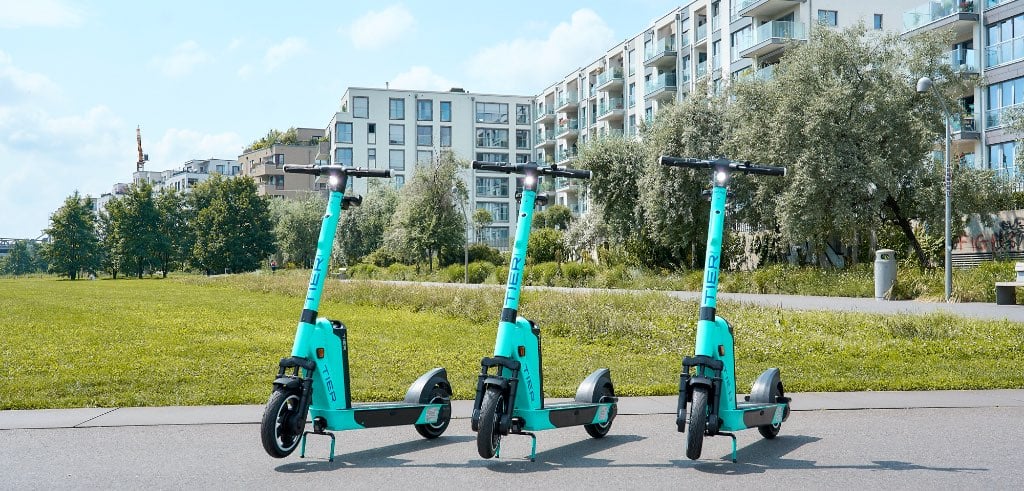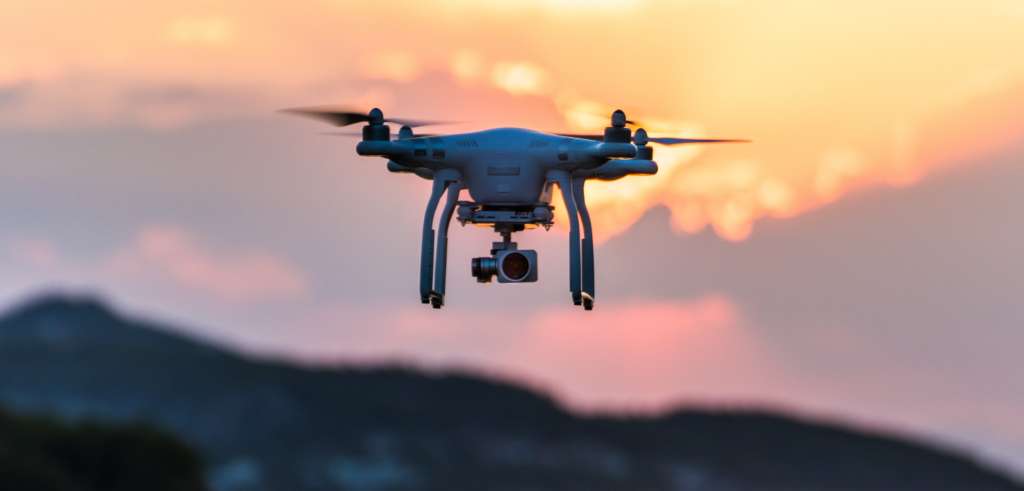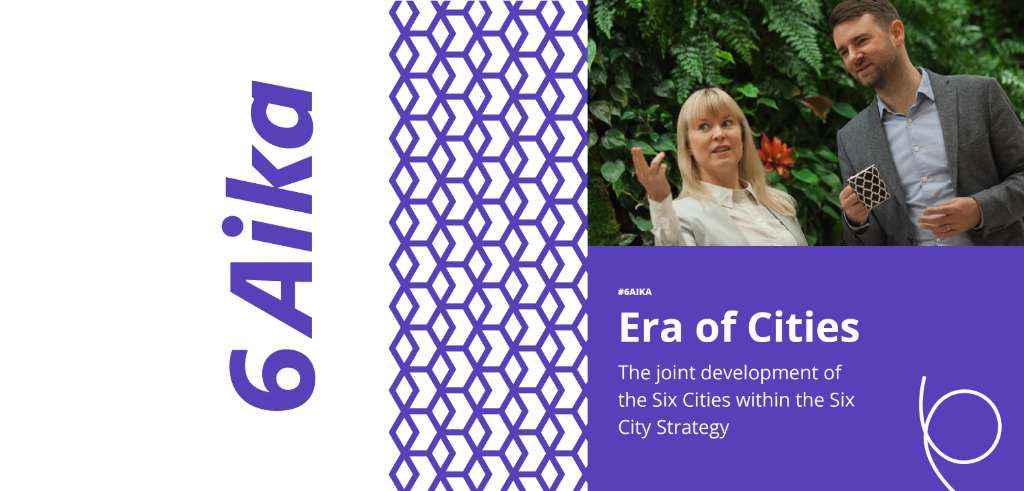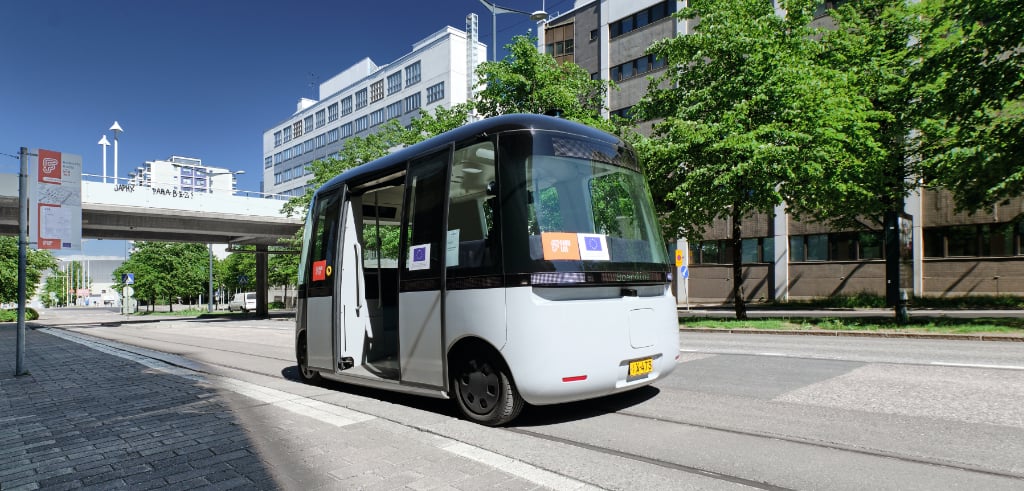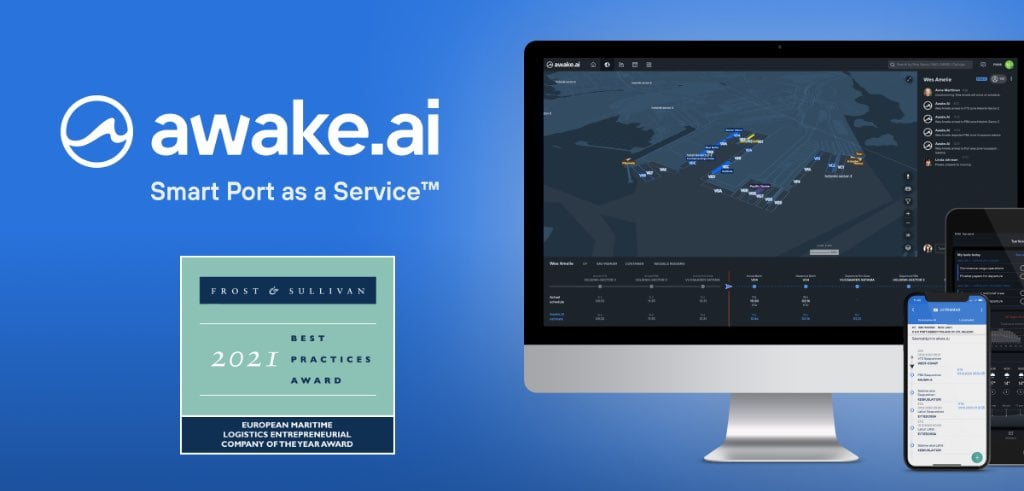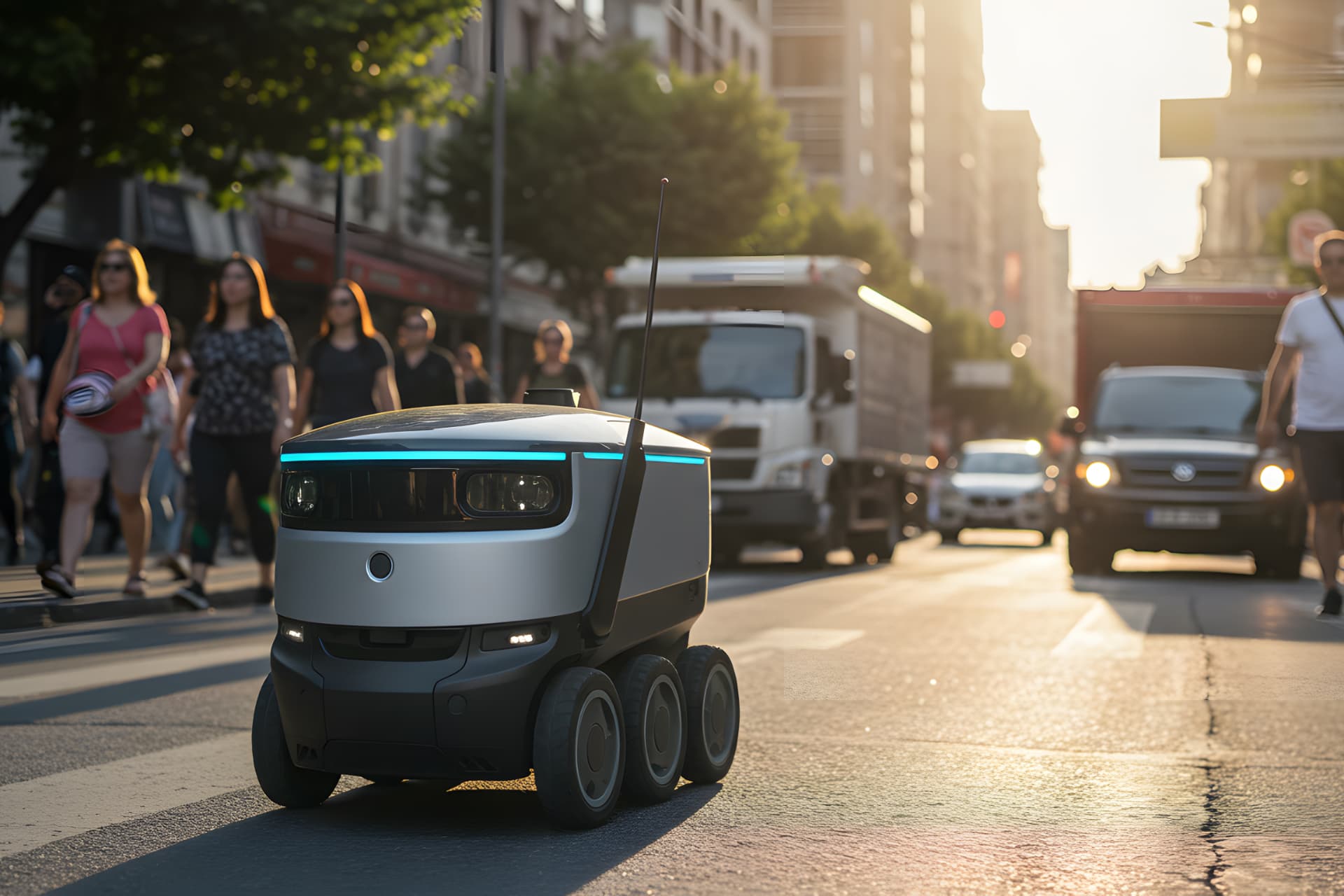
Telia launches service for determining CO2 emissions from road passenger transport
Telia launches the service Travel Emission Insights, which makes it possible for municipalities and regions to determine CO2 emissions from road passenger transport. This in turn enables better-informed decisions about specific measures that can help reduce emissions.
The new service, Travel Emission Insights, which is launched in the Nordics and Baltics, gives municipalities insights about the number of people travelling, the type of vehicle, the routes used and the emission levels that the journey causes.
The service is based on anonymized and aggregated mobile network data from 16 million Telia subscribers in the Nordics and Baltics, representative of the population in each country (Crowd Insights*). From the data, one can determine, for example, movement patterns, the number of people in different locations and how crowds move. This data is then applied to the CERO model, a calculation model developed in 2007 at the Royal Institute of Technology in Stockholm, by Markus Robért. The model has been used since 2014 and today, it has been implemented by over 100 companies and authorities to develop financially sustainable strategies for achieving climate goals. The CERO model, in turn, is based on more than 300,000 travel-habit surveys assessing modes of travel and journey times, as well as on calculations for CO2 emissions. Hence, it can illustrate in figures the probability of people choosing different mode of transport people in given circumstances, as well as the level of CO2 emissions for each mode of transport.
Telia Travel Emission Insights combines Telia’s data with the CERO calculation model, which provides municipalities with information about which routes most people travel, which mode of transport they use and the levels of CO2 emissions that are generated – in all an important part of the efforts to achieve set climate goals. The data can be broken down into particular routes. Then, with simulation, it’s possible to compare and quantify different efforts to determine how the changes would affect the emission levels.
In Sweden, road passenger transport accounts for approximately a quarter of the total CO2 emissions and reducing travel by car and other road vehicles is therefore an important part of the efforts to achieve the climate goals set out in the Paris Agreement. During the pandemic, Swedish municipalities have seen a reduction in travelling by up to 30 percent, which has contributed to a an unprecedented reduction in the total amount of CO2 emissions. But as people are returning to a more normal life, travelling has increased yet again – and emissions are again on the rise.
“We believe that municipalities and regions will be able to take more effective measures if the decisions are based on clear data. With Travel Emission Insights, you can simulate and receive recommendations on which transport changes will have the greatest effect,” says Kristofer Ågren, Head of Data Insights at Telia.
Järfälla municipality in the northeast of Stockholm, with its 80,000 inhabitants, is first to use the service. Read more about this here.
Telia’s own sustainability goals are today thoroughly integrated into the Group’s overall strategy, and Telia works intensively to create better, more sustainable societies and services. For example, you can read about Telia’s focus area Climate & Circularity, and about how we support our customers in reducing their emissions.
Article originally published on Telia’s web page.
* In Telia Crowd Insights, all data is completely anonymized and aggregated to protect the personal integrity and privacy and can never be traced back to an individual. Analysis takes place solely on the level of crowd movement patterns, disconnected from individual and person.



